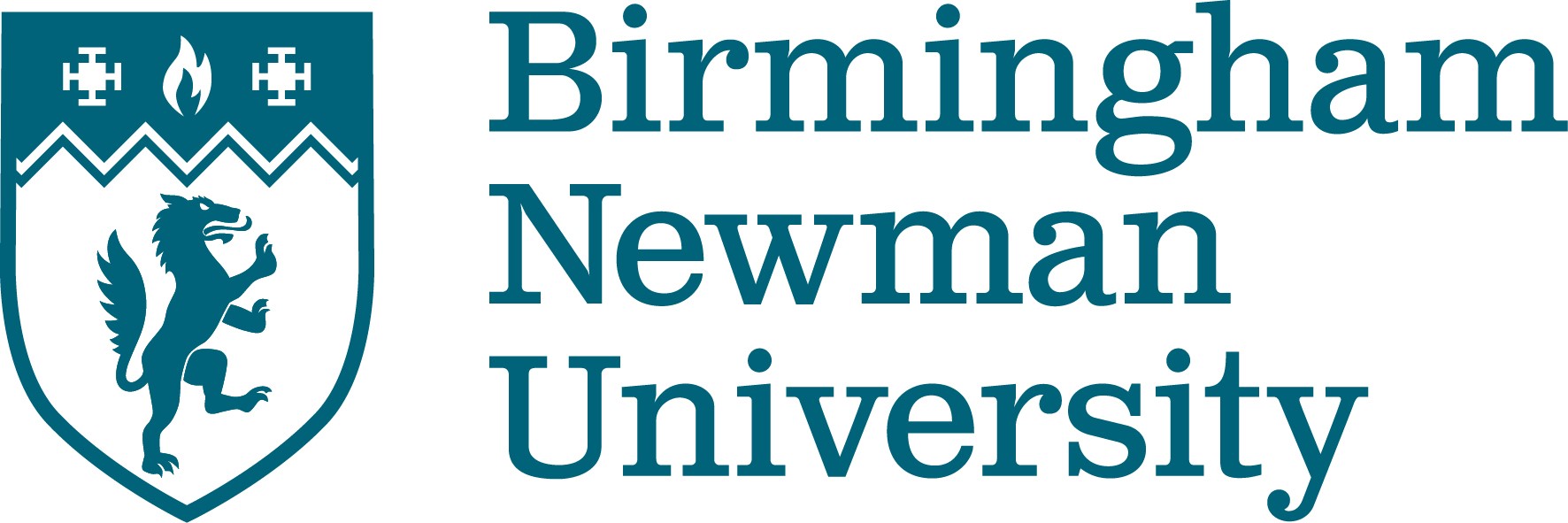Identifying the key body size and maturity characteristics associated with superior physical fitness performance tests: does one size fit all?
Nevill, Alan M., Duncan, Michael J., Nobre, Glauber C., Gaya, Adroaldo, Myers, Tony D. and Mello, Júlio B. (2024) Identifying the key body size and maturity characteristics associated with superior physical fitness performance tests: does one size fit all? Sport Sciences for Health, 20. pp. 1051-1063. ISSN 1824-7490
|
Text
BNU0004.pdf - Accepted Version Download (329kB) | Preview |
|
|
Text
BNU0004_SupplementaryDocument.pdf - Supplemental Material Download (315kB) | Preview |
Abstract
Purpose: To examine which key body-size characteristics are common to success when performing a variety of physical-fitness tests and, at the same time, to identify further characteristics that benefit only specific fitness tests. Methods: Cross-sectional study carried out with data from 94484 6-18-year-olds. The physical-fitness tests were; 1) 20-m sprint test, 2) four-square agility test, 3) abdominal strength test (sit-ups/min), 4) horizontal-jump test, 5) seated 2kg medicine-ball throw test, and 6) a cardio-respiratory test (6min run). The body-size and maturation characteristics were body mass, height, arm span and maturity offset (MO). The ideal body-size and MO characteristics associated with the six physical performance variables were identified using allometric modelling. Results: Two key characteristics associated with superior performances in all 6 physical-performance tests were identified, to have a greater arm span together with a positive maturity offset. The arm span was the predictor with the largest effect size (Partial Eta Squared between 0.005 - 0.013) in 5 of the 6 physical fitness tests evaluated. The contribution of body mass varied depending on whether the physical-performance test required the children to carry their body mass or not. In the case of endurance events, the mass term was negative. In the case when the test did not require the child to carry their body mass (e.g., throwing the medicine ball test), the mass term was always positive. However, for sprinting, the optimal performances peaked at 62kg for 20m sprinting and 73kg for agility tests. Conclusions: The prominence of arm-span's influence underscores its role in sports evaluations and the talent identification processes, reaffirming its practical significance. Additionally, the study hints at the nuanced relationship between body mass and specific test requirements, potentially guiding targeted training strategies for different physical tasks.
| Item Type: | Article |
|---|---|
| Divisions: | Faculty of of Arts, Society and Professional Studies > Department of Health and Behavioural Sciences |
| Depositing User: | Ms Hazel Barham |
| Date Deposited: | 15 May 2024 08:34 |
| Last Modified: | 13 Apr 2025 03:00 |
| URI: | https://newman.repository.guildhe.ac.uk/id/eprint/17362 |
Actions (login required)
 |
Edit Item |

